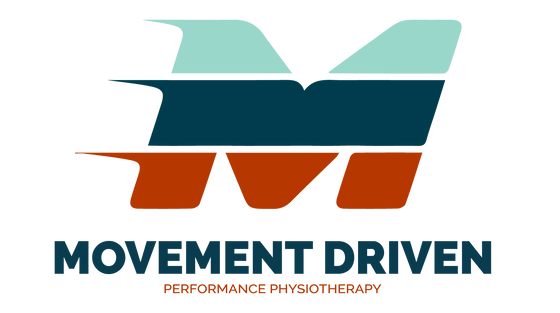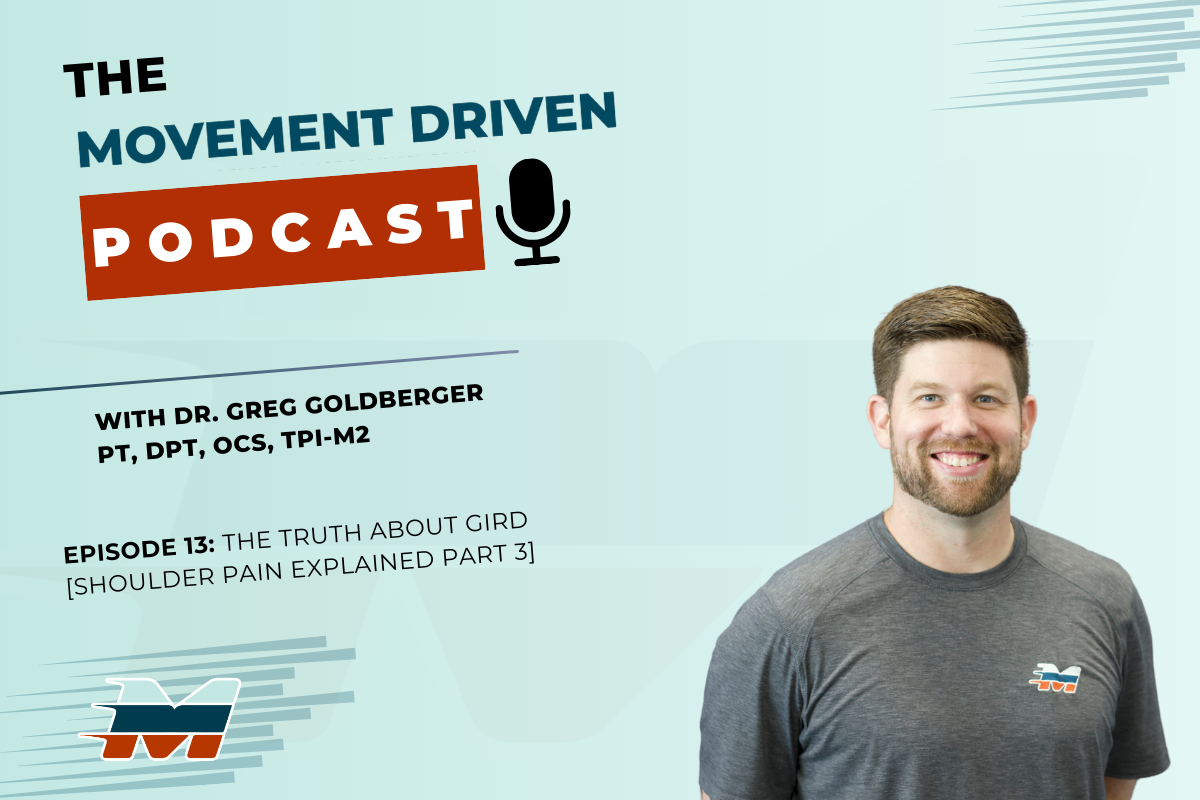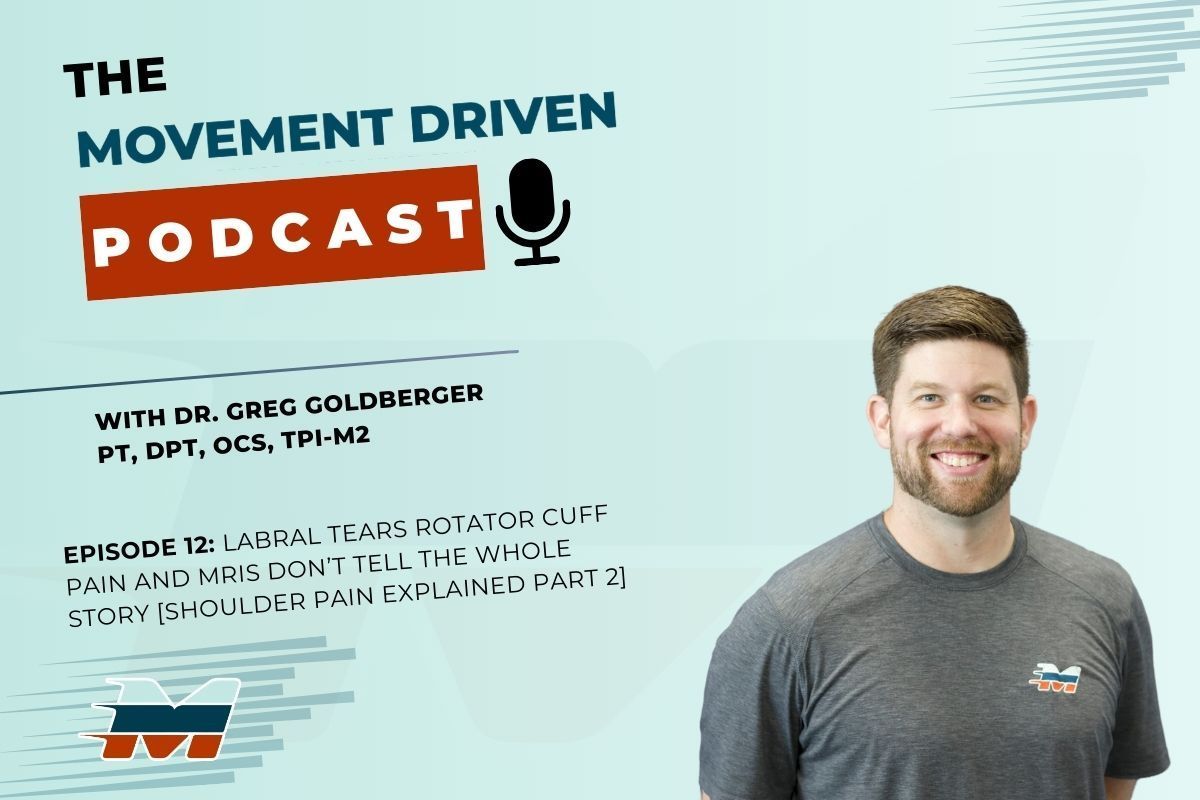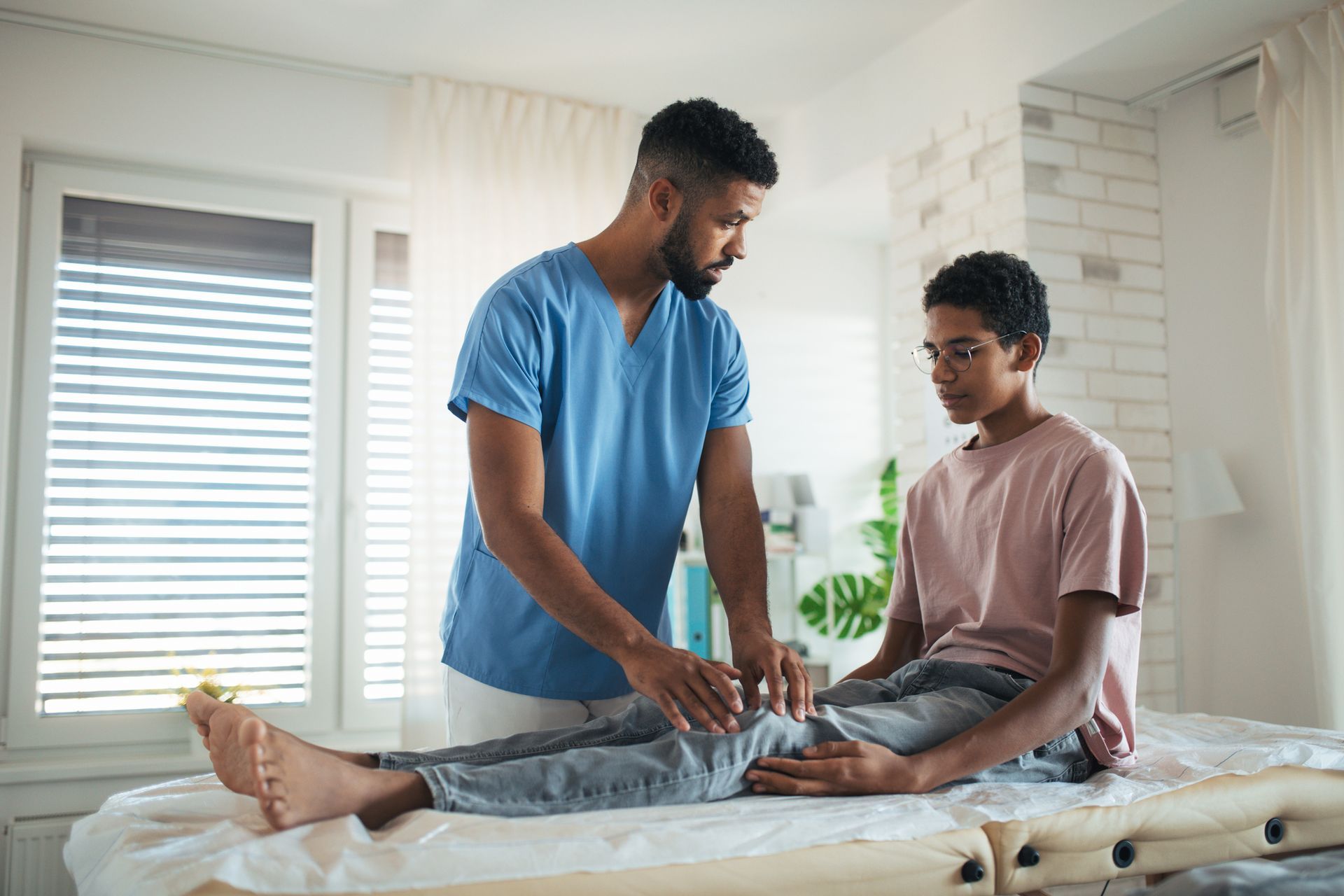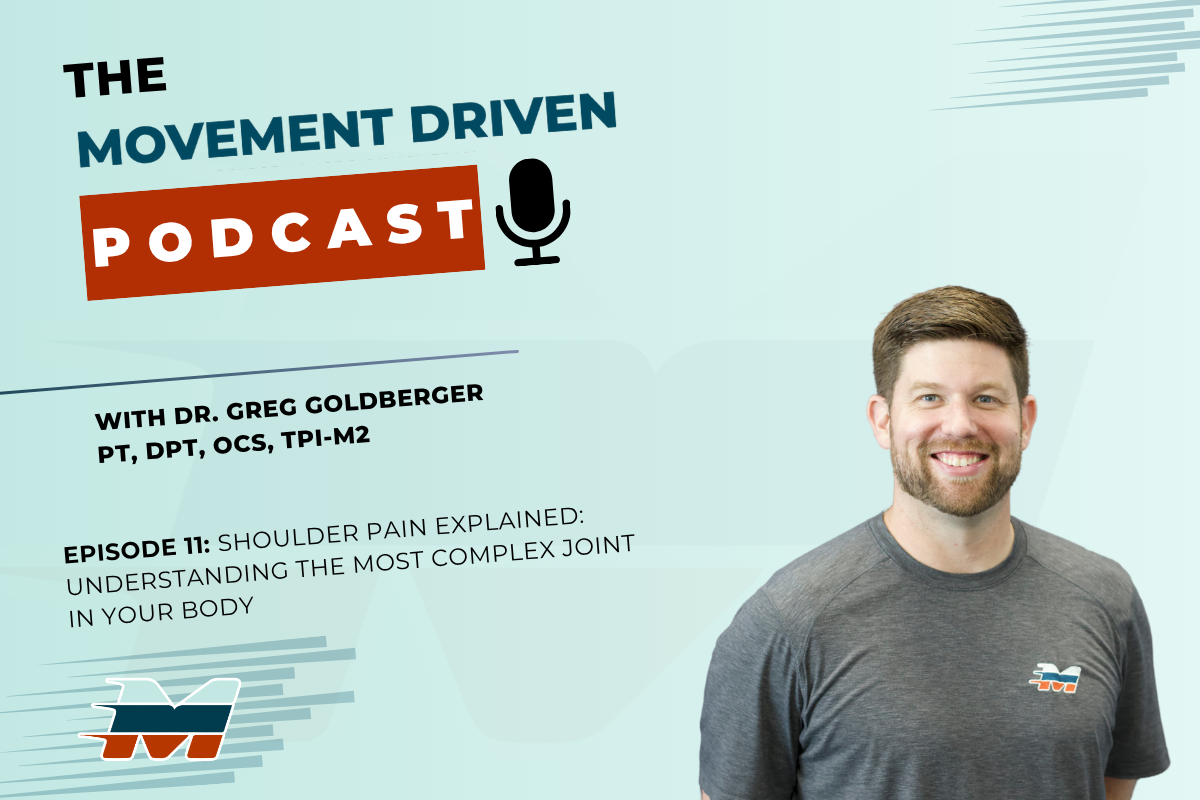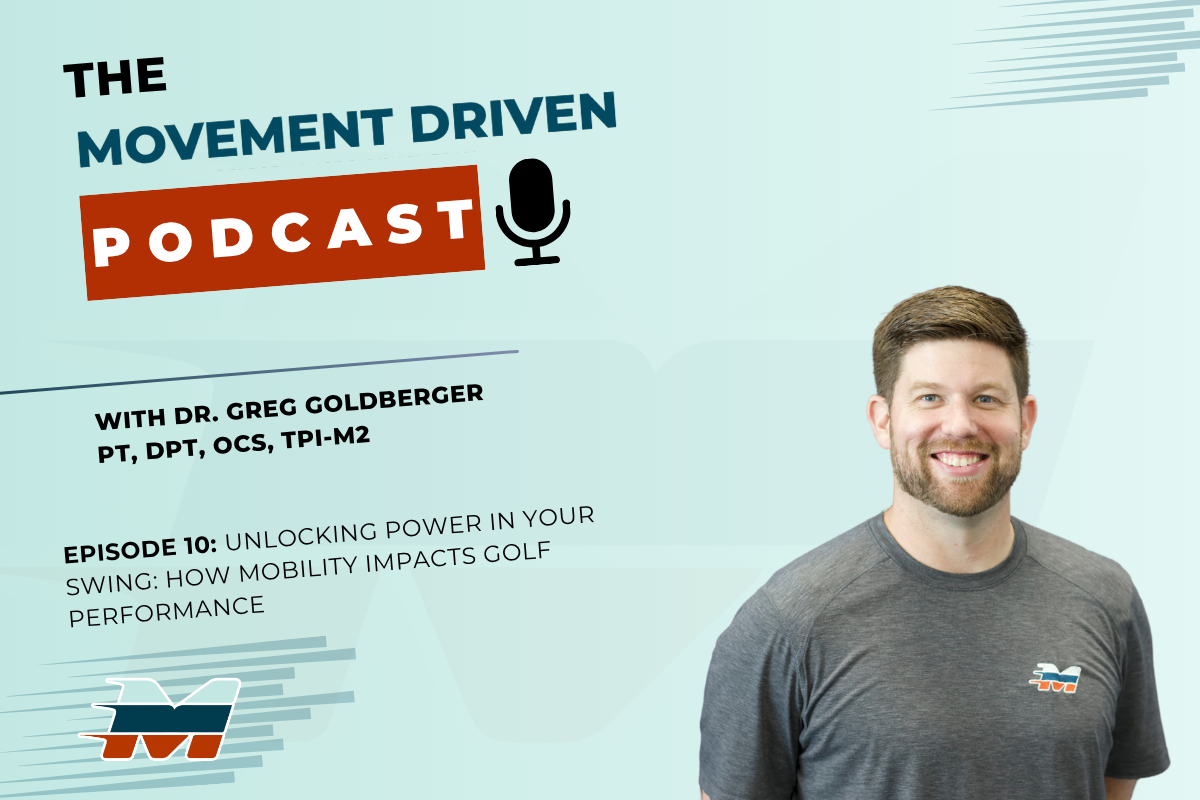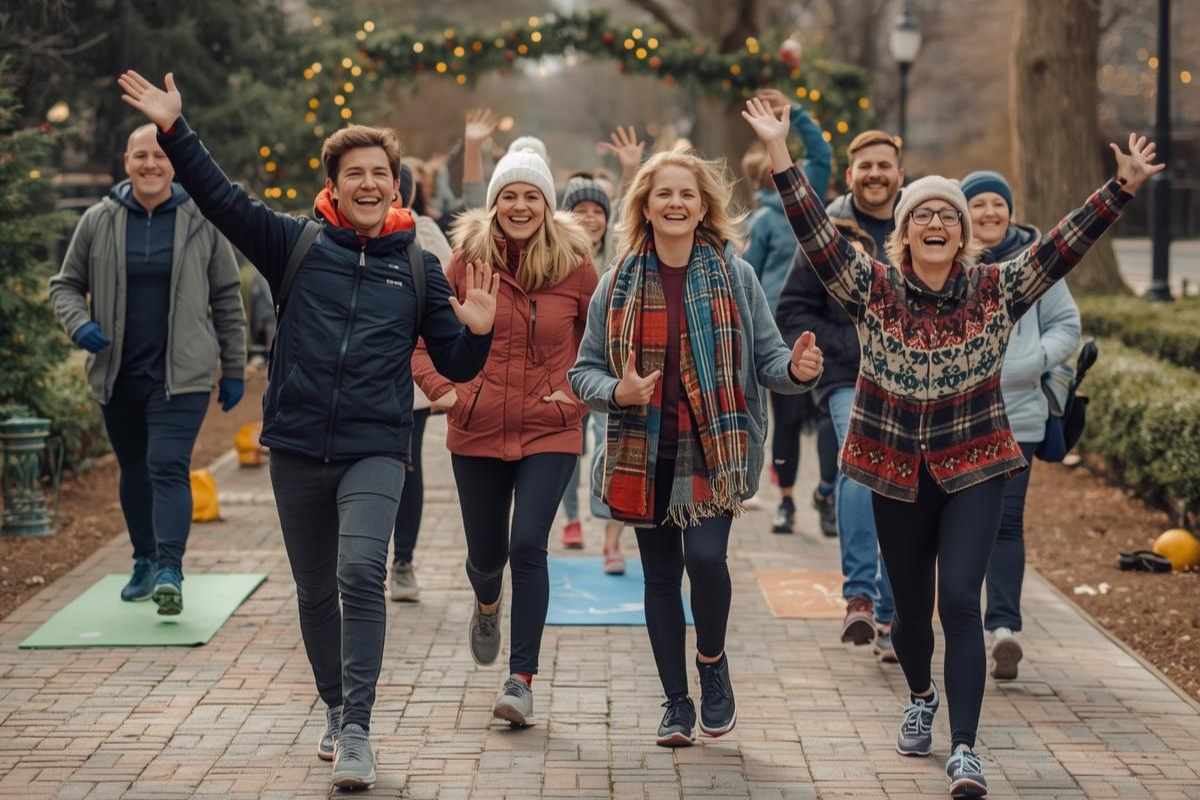Building Strong Bones: The PT Approach to Osteoporosis Prevention
Greg Goldberger • October 13, 2025
Physical therapy plays a major role in preventing osteoporosis and building bone resilience at any age.
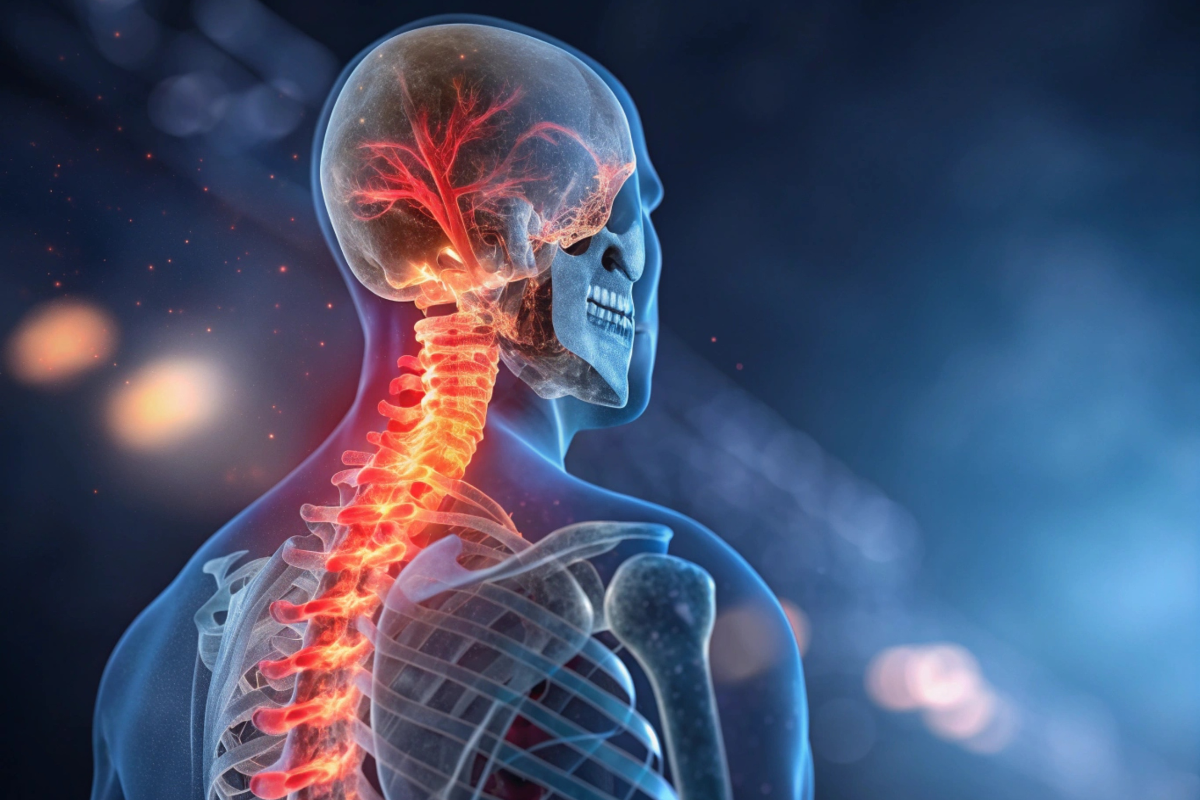
October 20 is World Osteoporosis Day — a perfect reminder.
Strong bones are the foundation of lifelong movement and independence. Yet, millions of adults lose bone density each year without realizing it until a fracture happens. The good news? Physical therapy plays a major role in preventing osteoporosis and building bone resilience at any age.
Why Bone Health Matters
Osteoporosis — the silent loss of bone density — increases dramatically with age. It weakens bones, making them fragile and prone to fractures from even minor falls.
- 1 in 2 women and 1 in 4 men over age 50 will break a bone due to osteoporosis.
- After a hip fracture, up to 25% of older adults die within a year — not from the bone injury itself, but from complications caused by immobility.
- Every 3 seconds, an osteoporotic fracture occurs somewhere in the world.
- By age 70, over half of women and nearly one-third of men have low bone density.
A fracture can mean months of lost independence, limited mobility, and a long recovery. The goal of physical therapy is to help prevent that outcome by improving bone strength, balance, and movement quality.
The Role of Physical Therapy in Bone Health
A physical therapist doesn’t just help after injury — they’re a key player in preventing it. Through guided exercise, education, and safe progression, PT helps you strengthen your bones and reduce fracture risk.
Weight-Bearing & Resistance Training
Here’s where Wolff’s Law
comes in: bones are living tissue that adapt to the stress placed on them. If you load them, they get stronger. If you don’t, they weaken.
Think of it like muscle — if you lift weights, you build strength. If you stay sedentary, your body gets the message: “We don’t need to be strong.”
That’s why the right kind of stress is essential. PTs use resistance and impact-based exercises that safely challenge your bones to remodel and grow denser:
- Squats, lunges, step-ups, push-ups, weighted carries
- Brisk walking, stair climbing, hiking, or dancing
- Power-based moves (when appropriate) like medicine ball throws or light jumps
The key is safe, progressive loading that fits your current ability and health level.
Balance & Posture Training
Falls are one of the top causes of fractures in older adults. PT helps you develop better balance, coordination, and reaction time — reducing your risk of falling in the first place. Postural training also helps distribute forces evenly through your spine and hips, protecting vulnerable areas.
Education & Lifestyle Guidance
Your PT teaches you how to move, lift, and carry safely in daily life — all while keeping your bones protected and your body strong.
Nutrition for Strong Bones
Building stronger bones isn’t just about exercise — it’s also about what fuels your body.
Calcium
- Aim for 1,000–1,200 mg/day (higher for postmenopausal women).
- Sources: dairy, fortified plant milks, leafy greens, almonds, and sardines.
- Tip: Your body absorbs calcium best in smaller doses throughout the day.
Vitamin D + Vitamin K: The Dynamic Duo
- Vitamin D helps your body absorb calcium.
- Vitamin K ensures calcium goes to your bones — not your arteries.
- Sources:
- Vitamin D → sunlight, fatty fish, fortified foods, or supplements (check levels).
- Vitamin K → leafy greens, broccoli, fermented foods, and certain cheeses.
Protein
- Muscles and bones work as a team. Without enough protein, bone-building slows down.
- Aim for 20–30g per meal from sources like lean meats, eggs, Greek yogurt, or beans.
Lifestyle Factors
- Avoid smoking and limit alcohol — both can speed up bone loss and weaken bone structure over time.
Strong Bones, Strong Life
You can’t change your age, but you can absolutely change how your body responds to it. Physical therapy helps you stay active, independent, and confident — not just treating pain, but building resilience from the inside out.
Ready to Start Building Bone Strength?
Don’t wait until a fracture happens. Prevent it.
Start a PT-guided bone health program designed to help you move confidently, load safely, and protect your independence for years to come.
👉 Book your discovery call today
and start building stronger bones with Movement Driven.
